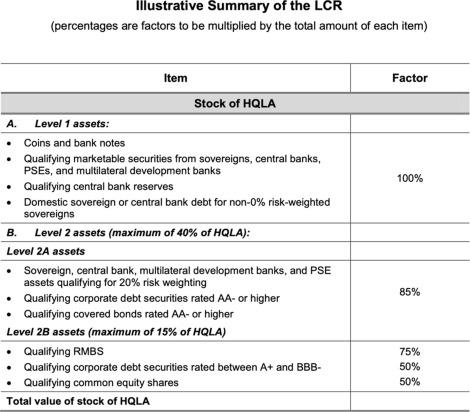当前位置:
X-MOL 学术
›
Journal of International Money and Finance
›
论文详情
Our official English website, www.x-mol.net, welcomes your feedback! (Note: you will need to create a separate account there.)
How to conduct monetary policies. The ECB in the past, present and future
Journal of International Money and Finance ( IF 2.762 ) Pub Date : 2024-03-08 , DOI: 10.1016/j.jimonfin.2024.103048 Paul De Grauwe , Yuemei Ji
Journal of International Money and Finance ( IF 2.762 ) Pub Date : 2024-03-08 , DOI: 10.1016/j.jimonfin.2024.103048 Paul De Grauwe , Yuemei Ji

|
We study the evolving operating procedures used by the ECB since its creation. During the period up to 2015, bank reserves were scarce and the ECB, like other central banks, used a corridor system in which the money market rate could fluctuate within the bounds set by the lending and the deposit rates. With the start of Quantitative Easing (QE) the operating procedure evolved into a regime of reserve abundance. This regime has become problematic since the inflation surge forced the central banks to raise the policy rate. The result has been a massive transfer of central banks’ profits (and more) to the banks. We propose a two-tier system of reserve requirements that would only remunerate the reserves in excess of the minimum required. This would drastically reduce the giveaways to banks, allow the central banks to maintain their current operating procedures and make monetary policies more effective in fighting inflation.
中文翻译:

如何实施货币政策。欧洲央行的过去、现在和未来
我们研究欧洲央行自成立以来所使用的不断演变的操作程序。截至2015年,银行准备金稀缺,欧洲央行与其他央行一样,采用走廊制度,货币市场利率可以在贷款和存款利率设定的范围内波动。随着量化宽松(QE)的开始,操作程序演变成储备充足的制度。由于通胀飙升迫使央行提高政策利率,这一制度已经成为问题。其结果是中央银行的利润(以及更多)大量转移到银行。我们提出了一个两级准备金要求制度,仅对超过最低要求的准备金进行奖励。这将大大减少银行的赠品,使央行能够维持当前的操作程序,并使货币政策在对抗通货膨胀方面更加有效。
更新日期:2024-03-08
中文翻译:

如何实施货币政策。欧洲央行的过去、现在和未来
我们研究欧洲央行自成立以来所使用的不断演变的操作程序。截至2015年,银行准备金稀缺,欧洲央行与其他央行一样,采用走廊制度,货币市场利率可以在贷款和存款利率设定的范围内波动。随着量化宽松(QE)的开始,操作程序演变成储备充足的制度。由于通胀飙升迫使央行提高政策利率,这一制度已经成为问题。其结果是中央银行的利润(以及更多)大量转移到银行。我们提出了一个两级准备金要求制度,仅对超过最低要求的准备金进行奖励。这将大大减少银行的赠品,使央行能够维持当前的操作程序,并使货币政策在对抗通货膨胀方面更加有效。



























 京公网安备 11010802027423号
京公网安备 11010802027423号